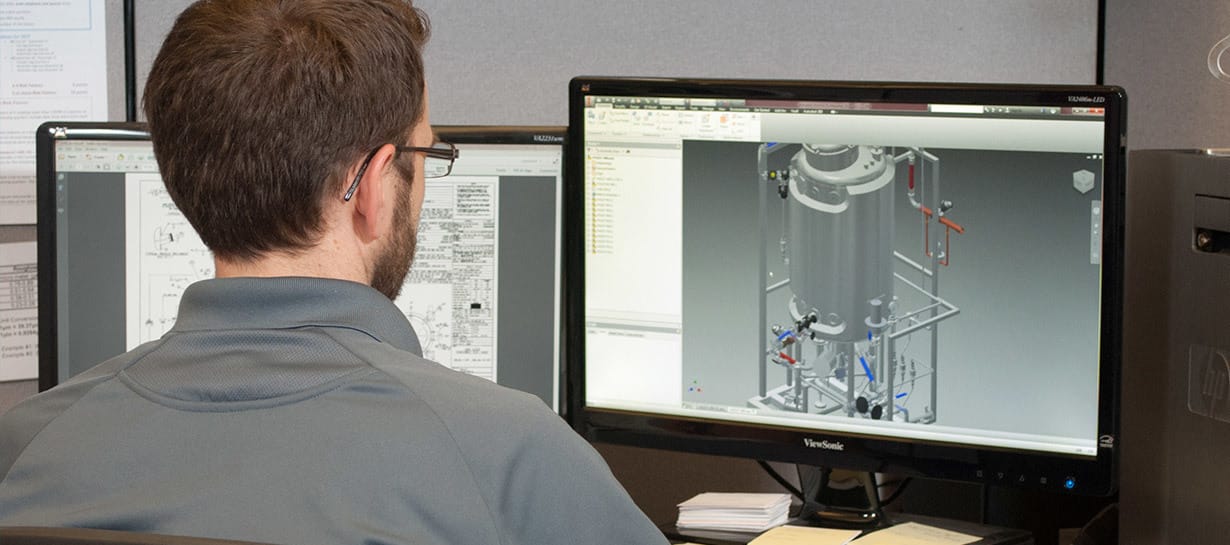Throughout many industries, tanks hold varieties of different liquids for various productions. Professionals working around and with those tanks rely on the durability of the tanks for their own safety. One way to maintain tanks and ensure safety is to monitor and repair the lining as soon as you suspect cracks or tears in the lining.

Schedule Routine Inspections
Some plant managers and industry leaders schedule tank lining services regularly. This gives experienced technicians the chance to spot minor damages before they can lead to extensive cracking or leaks. A timely response before small damages get larger can save you from serious expenses or safety risks in the future. In some situations, you can ship the damaged parts to the provider, but in many cases, the equipment is too big, and you’ll need to hire repair technicians to visit your plant.
Consider the Most Effective Form of Repair
Of course, the type of damage dictates the type of repairs necessary. The factors affecting the work that needs to be done include the extent of the damages, the type of lining in the tank, and the resources available for repairs. Of course, there are many possible combinations, so you’ll need to work closely with professionals to determine the best repair scenario. Some options may include replacing the existing lining with the same or a new type of lining and adding a thicker lining to the tank.
Establish An Expectation of Quality
In addition to determining the appropriate type of repair necessary, pay attention to the standards of work. Repair professionals may need to buff or grind the surface of tanks to prepare them for accepting new linings. As you prepare for repair technicians to arrive, consider cleaning the surrounding area and completely drying it, so there’s no danger of slips and falls during repairs.
Proper maintenance and care of lined tanks is essential to the safe and efficient operation of machinery. Make sure you establish a consistent schedule of inspections, get repairs while damages are small, work with technicians for the most appropriate repair, and enforce standards of quality.